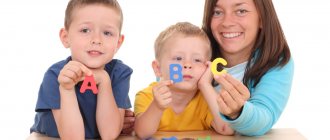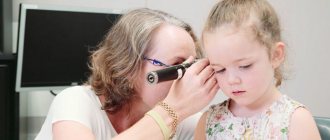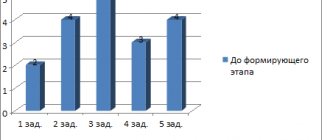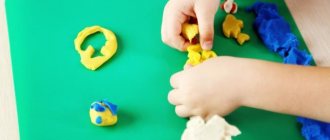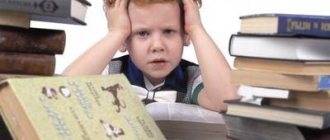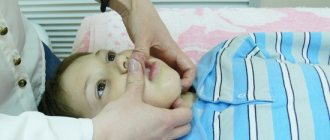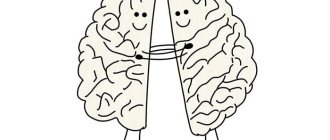I. Inspection of the articulatory apparatus.
A speech therapy examination for rhinolalia begins with an examination of the articulatory apparatus. From documents, conversations, and examination, the type of cleft .
The age and type of operation are revealed, and the condition of the articulation organs is described in detail.
With a cleft of the upper lip, its mobility, the severity of cicatricial changes, and the condition of the frenulum are noted.
The palate before surgery is described:
- type of cleft,
- defect size,
- mobility of segments of the soft palate.
The palate after the operation is described as follows: the shape of the vault, scars, the degree of their severity, the length and mobility of the velum.
The palate is normal - at rest, a small tongue is 1-7 mm from the back wall of the pharynx, hanging from the plane of the chewing surfaces of the upper teeth by about 1 mm.
The mobility of the velum palatine is checked with a smooth, drawn-out pronunciation of [A], with the mouth wide open.
The density of the velopharyngeal closure and the activity of the lateral walls of the pharynx during phonation are noted.
When pronouncing vowels, immobility of the soft palate can be detected.
The speech therapist causes a pharyngeal reflex by touching the back and side walls of the pharynx with a spatula. If the functions of the soft palate are not impaired, then an involuntary upward jerk of the velum should occur.
The pharyngeal reflex is assessed: absent, intact, increased or decreased.
The attenuation of the reaction of the pharyngeal muscles can begin at 5 and end at 7 years. Its evaluation is necessary for children who will wear a functional pharyngeal obturator.
Language examination
The condition of the root and tip of the tongue is examined, a shift in the oral cavity, excessive tension, lethargy, and limited mobility are noted.
The child performs the following exercises:
- needle,
- snake,
- spatula,
- horse,
- watch,
- swing,
- delicious brew.
All exercises are carried out by imitation, then according to instructions in front of a mirror and without it.
Dental examination
Condition of bite, dentition.
The presence of an orthodontic apparatus, the purpose of application, the density of fixation, and whether or not it interferes with phonation are recorded.
At the end of the examination, the direction of the upper lip is checked.
Exercises:
- focus,
- spit
- blowing a light object into a target.
Blow with your tongue hanging out, with the wings of your nose closed and open.
III. Identification of sound pronunciation features.
Sound pronunciation is checked in the same way as for dyslalia.
Preschoolers are presented with visual aids; schoolchildren can be offered texts.
The nature of sound pronunciation disorders is noted: additional silent pronunciation, i.e. articulation without phonation, accompanying noises.
Legibility or illegibility, blurriness, and nasal resonances must be noted.
When examining all aspects of speech, phonemic hearing and perception are first checked. The examination proceeds as for dyslalia.
Be sure to select material with paronyms (hatch-bow).
The state of sound-letter analysis is checked for older preschoolers and younger schoolchildren. Words are taken with hard variants of consonant sounds. In contrast to dyslalia, it is determined whether the child differentiates his deficiencies by hearing or knows about them from the words of others.
